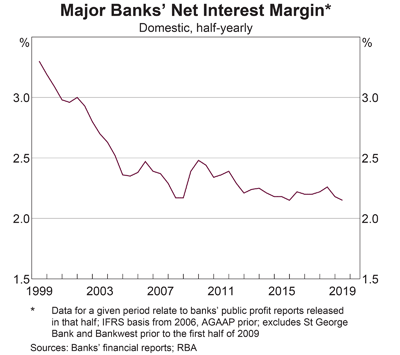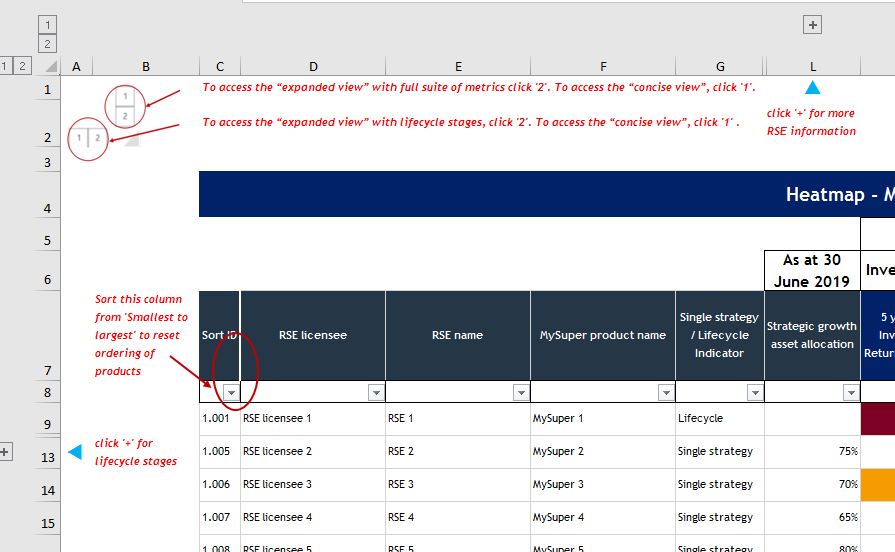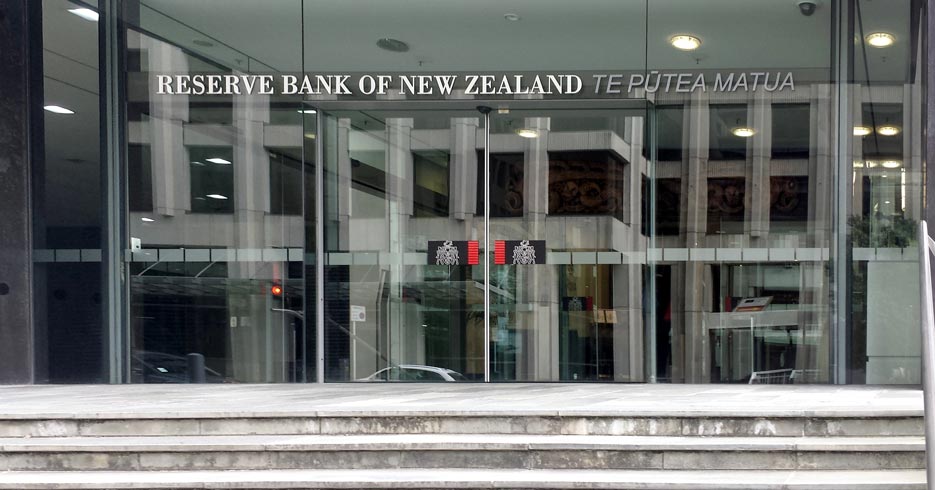AMP Financial Planning Pty Ltd (AMPFP) ceased providing managed discretionary account (MDA) services on 10 December 2019 following the imposition of tailored licence conditions by ASIC.

In March 2019, following a surveillance of AMPFP’s MDA services and advice business, ASIC granted AMPFP’s application to vary its Australian financial services (AFS) licence to provide MDA services, subject to some tailored licence conditions (19-078MR). The tailored conditions formalised commitments made by AMPFP, in response to ASIC’s concerns, to improve monitoring and supervision of its discretionary investment services and related financial advice.
Under the tailored licence conditions, a Senior Executive of AMPFP was required to provide an acceptable attestation to ASIC by 30 September 2019 confirming that AMPFP had complied with and was complying with the tailored conditions. This was to ensure that all of the required improvements to monitoring and supervision practices had been implemented and were operating effectively.
AMPFP did not provide ASIC with an acceptable attestation in relation to its provision of MDA services. The attestation provided by AMPFP had exceptions and ASIC informed AMPFP that the attestation was not acceptable to it, and AMPFP ceased providing MDA services in accordance with its licence conditions.
Background
MDAs create particular risks for retail clients because when a client enters into a contract with an MDA provider, they give the provider authority to make investment decisions on their behalf on an ongoing basis without seeking the client’s prior approval.
The risks increase if the person recommending the MDA service and making or influencing the investment decisions are the same because the clients may not be receiving impartial advice about the decision to enter into or remain in the MDA service. ASIC expects AFS licensees to consider the risks involved with the financial advice and investment activities of their representatives in their monitoring and supervision practices.










